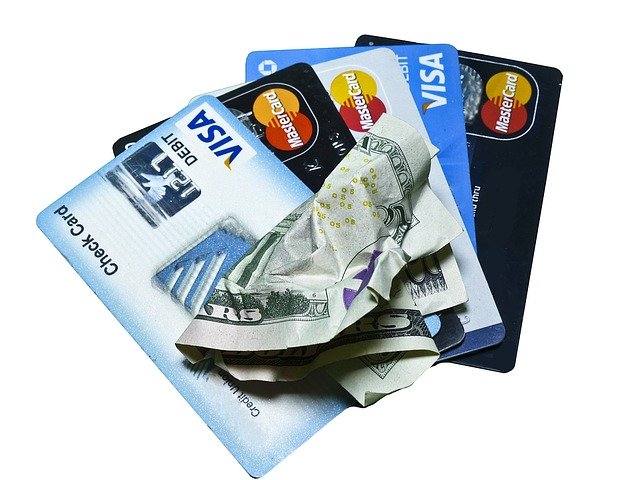If you’re currently in debt, you’re probably looking for a way out of it. Fortunately, there are several options available: debt snowball, debt avalanche, and debt consolidation loans. In this article, we’ll cover what each is and their respective pros and cons, so you’ll be able to pick the best one for your financial needs.
What’s the debt snowball method?
The debt snowball is a debt payoff method that prioritizes paying off the smallest debt amounts first. You’ll continue to pay the minimum amounts on all your debts to avoid late fees or damaging your credit card, but any extra money will go straight toward the smallest debt. Once that’s paid off, you’ll focus on the second-smallest debt, etc.
Pros and cons of the debt snowball
The debt snowball is very motivational and well-suited to individuals who need some extra encouragement to pay their debt off. However, because you’re focusing on the smallest debts instead of the highest interest rates, you may not save as much money overall.
Best for: People who need an extra dose of encouragement to finally cross the debt-free finish line.
What’s the debt avalanche method?
The debt avalanche method is a payoff method that focuses on eliminating the debts with the highest interest rates first. You’ll still make all your minimum payments, but instead of the smallest amount, you’ll put your extra cash toward the debt with the highest interest rate. Once that’s paid off in full, you’ll move on the second-highest interest rate, and so on.
Pros and cons of the debt avalanche
The debt avalanche method is best for saving the most money overall since you’ll be kissing those high interest amounts goodbye. However, it may take a while to pay these debts off which could be discouraging for some.
Best for: People who want to save that money and kick those high-interest payments to the curb.
What is debt consolidation?
Debt consolidation is when you combine multiple debts into a single payment that ideally has a lower interest rate. With a debt consolidation loan, you’ll move multiple debts over to a single monthly payment that has a fixed repayment period.
Pros and cons of debt consolidation loans
Debt consolidation loans typically have lower interest rates than credit cards, so you’ll be able to save money. They also help simplify bill paying, since you only have to worry about one payment each month.
Best for: People who want to make paying their bills a little easier and save some money in the process.
Bottom line: which one is best for me?
The best debt elimination strategy is the one that best fits your financial needs, and ultimately the one you’ll be able to stick with. Whether you need your own debt payoff Oprah (debt snowball), a way to ruthlessly save some cash (debt avalanche), or a method to make paying your bills less of a nightmare, we got you covered.







There’s a third DIY option called the Debt Landslide. Its purpose is to rebuild the consumer’s credit as fast as possible by repaying the newest account first. FICO and VantageScore weigh activity on newer accounts more than activity on older accounts. So, if you want to rebuild your credit score as fast as possible, organize your debts from newest to oldest and repay the newest accounts first, making sure, of course, to get caught up on any late payments first.